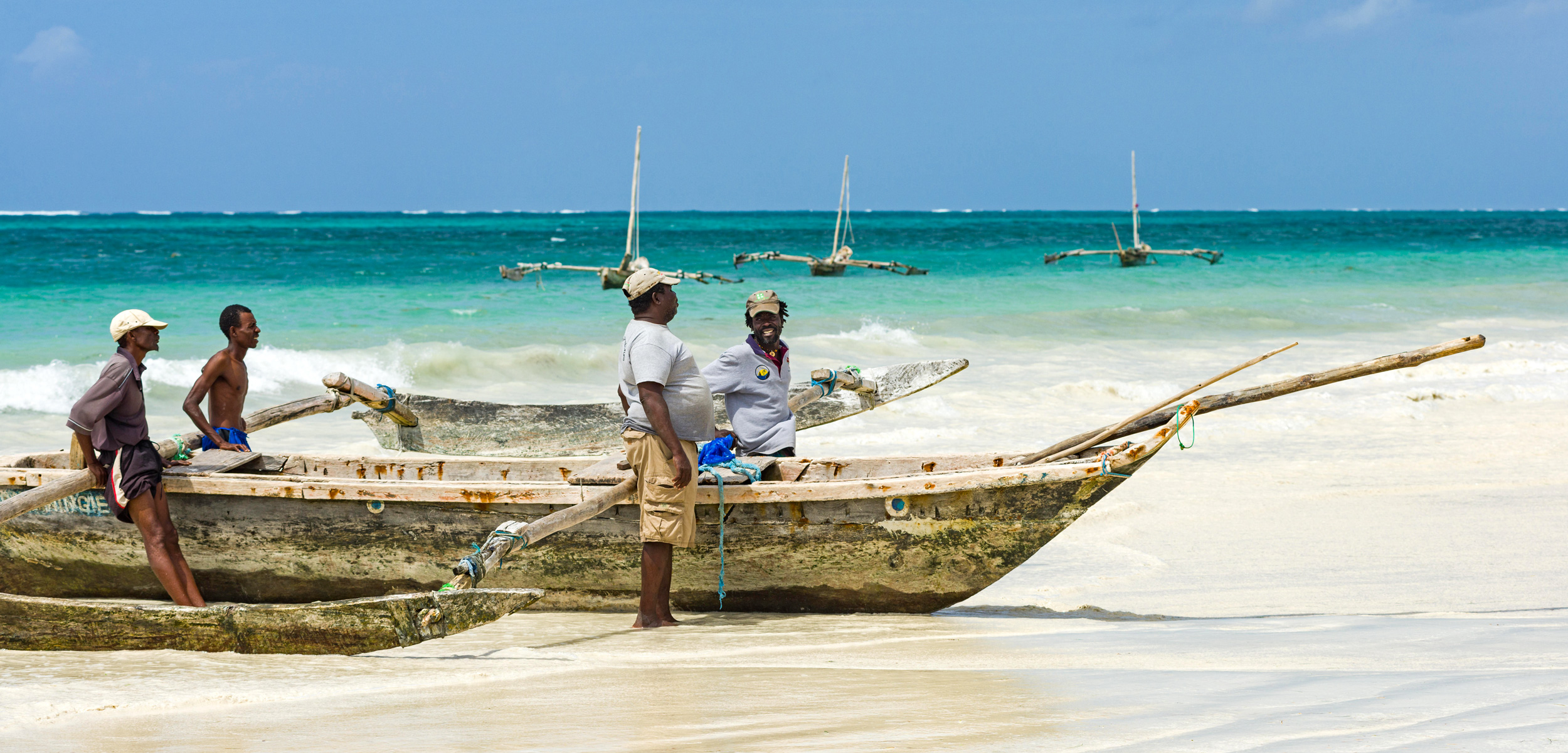STORY BY DAVID CORN; PHOTOS BY DEVIN YALKINJULY 8, 2019
On election night 2016, Kim Cobb, a professor at the School of Earth and Atmospheric Sciences at Georgia Tech, was on Christmas Island, the world’s largest ring-shaped coral reef atoll, about 1,300 miles south of Hawaii. A climate scientist, she was collecting coral skeletons to produce estimates of past ocean temperatures. She had been taking these sorts of research trips for two decades, and over recent years she had witnessed about 85 percent of the island’s reef system perish due to rising ocean temperatures. “I was diving with tears in my eyes,” she recalls.

In a row house made of cinder blocks on the tiny island in the middle of the Pacific Ocean, she monitored the American election results, using a satellite uplink that took several minutes to load a page. When she saw Donald Trump’s victory, she felt shock and soon descended into severe depression. “I had the firm belief that Washington would act on climate change and would be acting soon,” the 44-year-old Cobb says. “When Trump was elected, it came crashing down.”
Continue reading at: It’s the End of the World as They Know It – Mother Jones






